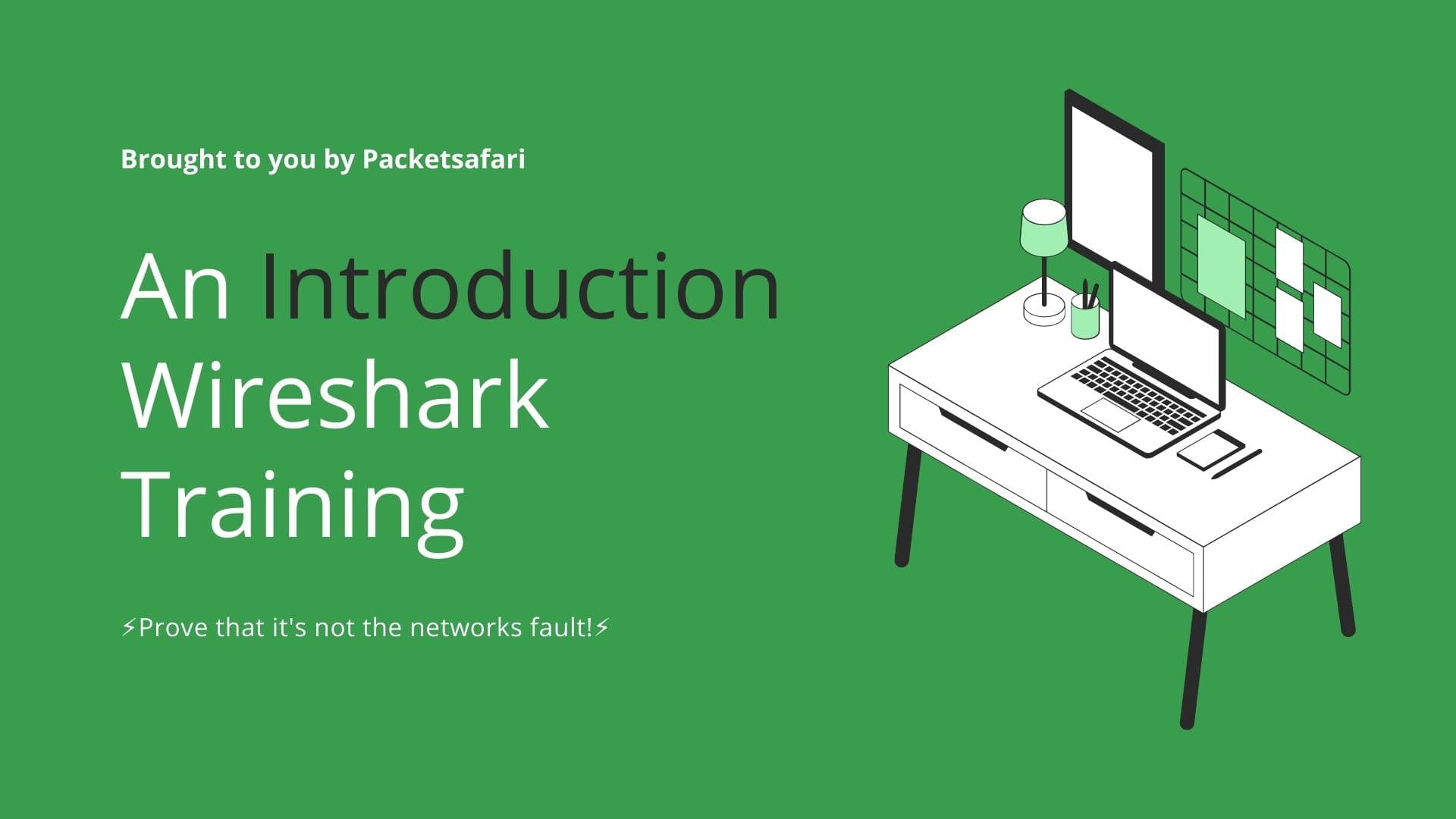Discover the importance of proactive network monitoring in maintaining compliance with the NIS2 directive, and learn from real-world case studies on how to stay ahead of security threats.
Staying Ahead of the Curve: NIS2 and Proactive Network Monitoring
Picture this: you're running a successful online business, and everything is going smoothly. Suddenly, security breaches start wreaking havoc on your company, and you're left wondering what could have been done to prevent them. Enter the NIS2 directive and its emphasis on regularly monitoring network and information systems for security breaches. In this article, we'll explore the critical role proactive network monitoring plays in NIS2 compliance and delve into real-world case studies to illustrate how you can stay ahead of the curve.
The Eye of the Storm: Proactive vs. Reactive Monitoring
In the realm of cybersecurity, timing is everything. Consider the difference between proactive and reactive network monitoring. The former revolves around continuous examination of your systems to detect unusual activity or vulnerabilities. By contrast, reactive monitoring kicks in after an issue has occurred. Through the lens of NIS2, proactive monitoring is essential, as it allows organizations to identify and address security breaches before they wreak havoc on operations.
Case Study: Company A vs. Company B
Meet Company A and Company B, two hypothetical businesses faced with the same online security threat. Company A opted for a proactive monitoring approach, which allowed them to detect the vulnerability and implement security measures before damage was done. Company B, relying on reactive monitoring, found themselves in a mess, having to deal with the aftermath of the breach. Don't be like Company B; be proactive!
A Treasure Trove of Tools
Diving into the wide array of cybersecurity tools available can be overwhelming, but fear not! We're here to point out some of our favorites that can help you stay compliant with NIS2.
- Snort: An open-source intrusion detection system that continuously analyzes network traffic for threats.
- OSSEC: A powerful host-based intrusion detection system for monitoring and correlating security events.
Don't forget to integrate these tools into your organization’s overall security strategy!
A Case of "Do Try This at Home (Or Work!)"
You may wonder, is all this monitoring and upkeep really worth the effort? Absolutely! Let's take a look at an example in which proactive network monitoring saved the day.
Case Study: The Infamous Cyber-Heist
In this hair-raising tale, a major bank narrowly avoided disaster due to its proactive network monitoring policies. After detecting suspicious activity within its systems, the bank caught a group of hackers attempting to steal millions of dollars. As a result, they were able to mitigate the threat and keep their assets - and reputation - intact.
Just the Tips: Pro Tips for Proactive Monitoring
- Automate, automate, automate! Use tools that incorporate machine learning or artificial intelligence to analyze complex data and detect threats efficiently.
- Keep your systems updated, lest you expose yourself to new vulnerabilities attackers can exploit.
- Train your staff on security best practices and the importance of proactive monitoring in maintaining NIS2 compliance.
In conclusion, proactive network monitoring is a vital aspect of NIS2 compliance. By staying vigilant and investing in your organization's cybersecurity infrastructure, you can dodge disasters and watch your business thrive. Happy monitoring!



